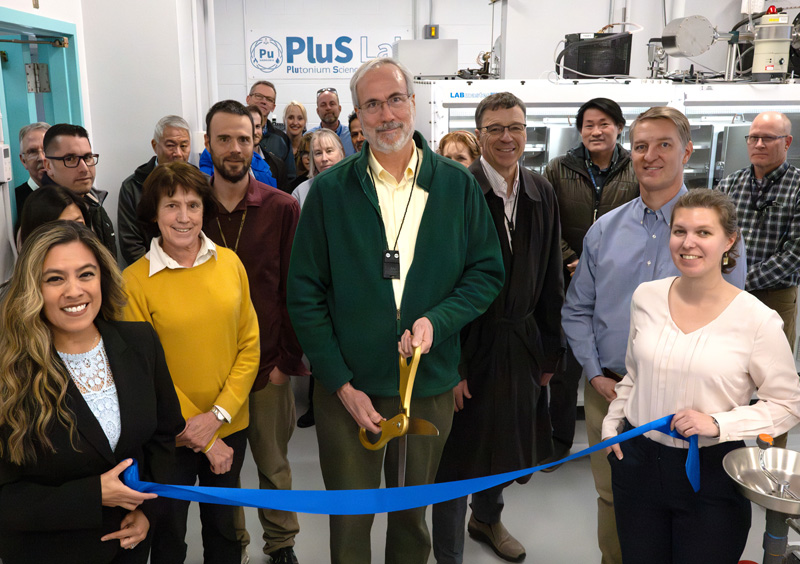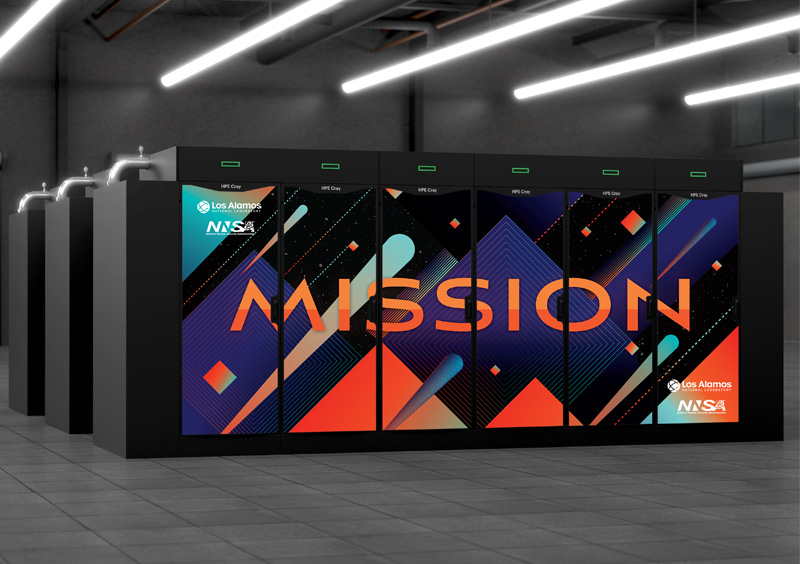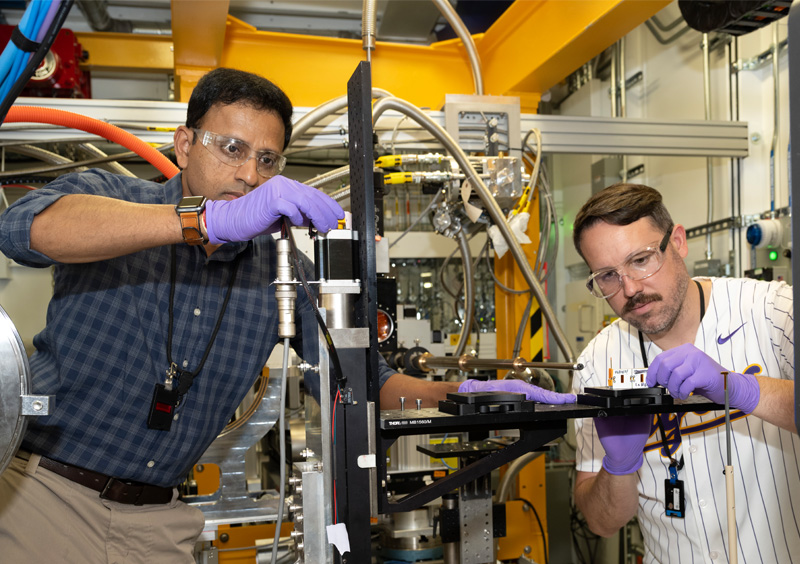Los Alamos National Laboratory has launched a rocket carrying a full-size experimental payload that was designed, built and tested in just three years. The non-nuclear payload launched from White Sands Missile Range on June 13 and will help ensure the responsiveness of the nation’s nuclear weapons stockpile in accordance with the federal government’s mandate for a stockpile responsiveness program (SRP).
“The Laboratory’s mission is to provide safe, secure and reliable weapons for an effective deterrent,” said Charlie Nakhleh, associate Laboratory director for Weapons Physics at Los Alamos National Laboratory. “The stockpile responsiveness program allows us to develop and exercise our innovative capabilities to help us accomplish that mission in novel and efficient ways.”
Established by the Department of Energy’s National Nuclear Security Administration in 2016, the SRP must “periodically demonstrate stockpile responsiveness throughout the range of capabilities as required, such as through the use of prototypes, flight testing, and development of plans for certification without the need for nuclear explosive testing.” The launch was the second of four planned flight tests conducted by Los Alamos this year, a cadence that is planned to increase as the program matures.
“Flight testing gives us information about how fully integrated systems behave,” said Jordan Shoemaker, deputy SRP program manager at Los Alamos. “We can learn about the performance of new materials in extreme temperatures, for example, and evaluate hardware and electronics under more realistic accelerations and vibration profiles.”
Projects like this launch exercise the national capability for rockets, launch vehicles and payloads to develop new technology. The payload launched aboard UP Aerospace’s Spyder rocket — the first use of that vehicle. Another first is the 3D-printed titanium payload test vehicle that was manufactured by the Kansas City National Security Campus’s New Mexico Operations, an NNSA plant in Albuquerque. The vehicle is 4 feet tall and can accommodate a variety of modular payloads.
“Flying titanium in this configuration would not have been possible before,” said Justin McGlown, the Los Alamos flight lead for this launch. “3D-printing allowed us to produce a near-final shape that was then finish-machined at the same plant, which was fast and cost efficient. That would not have been the case if we had manufactured it using traditional methods. We’re grateful for the partnership with Kansas City National Security Campus and for their expertise in advanced manufacturing.”
The rocket reached near the edge of space, conducting a brief suborbital flight. After the boost phase, the rocket released the experimental payload before returning to the ground. During its descent, the payload returned telemetry data to Lab scientists on the ground.
“The data we receive is invaluable in allowing us to assess performance and make modifications to improve it,” said McGlown. “This program requires that we work quickly and keep down costs. Historically, launching a payload into space took years — sometimes decades — and hundreds of millions of dollars. This test integrated a new payload into a new vehicle, on a new rocket, including range costs, in just three years, start to finish, at a significantly lower cost.”
LA-UR-25-26092






